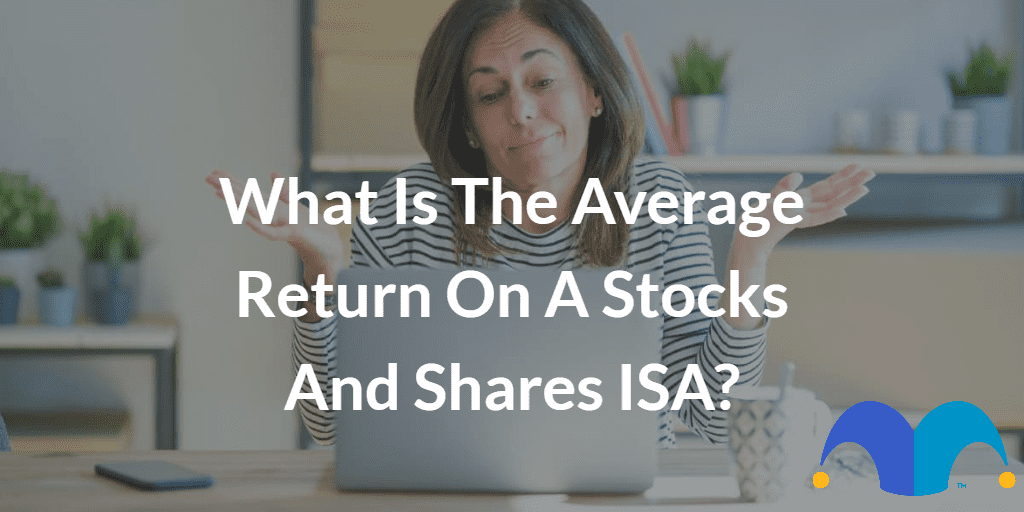Credit card billing cycles can be confusing. Whenever you make a purchase using your credit card, you have a set period of time to pay the money back. This time period, known as a grace period, varies from lender to lender.
Sounds rather vague, right? Well, don’t worry. We are here to break down what a credit card grace period is and how it works. We’ll also look at how it differs from the offer on a 0% new purchase credit card.
What is a credit card grace period?
A grace period on a credit card is the time period between the end of a billing cycle and when your next payment is due. During this time, you won’t be charged any interest on your purchases – as long as you paid your previous bill in full and by the due date.
How does a grace period work?
Credit card providers aren’t required to give you a credit card grace period, but most do. Grace periods are typically between 17 and 56 days long, depending on when you make a purchase during your billing cycle.
Let’s break it down further. In order to avoid credit card interest charges, any outstanding balance must be paid off on or before the due date.
So, if your credit card bill covers the period from 1 July to 31 July – and you have a 56-day grace period – your payment will be due on 25 August.
Therefore, if you pay back everything spent during July before 25 August, you won’t incur any interest charges on purchases made during that month.
Basically, a grace period is there to ensure that credit cardholders have time to receive their statement and make their payment in full.
When are you eligible for a credit card grace period?
Most lenders will give you a grace period if you’ve paid your full balance on time for at least the last two billing cycles. If that’s true for your credit card, you should be eligible for a credit card grace period unless you carry a balance past your payment due date. Be sure to read the fine print on your card to determine whether your card follows a similar policy.
What types of transactions don’t have grace periods?
Credit card grace periods usually only apply to purchases, not cash advances or balance transfers. Lenders may also charge a fee for these types of transactions.
Many lenders also offer a 0% APR on balance transfers for a limited time. But this works slightly differently to a credit card grace period as your interest rate will usually increase after the 0% period ends, not after your balance is due.
Check the terms and conditions of your card to find out the details of any grace period and what transactions are included.
How is a grace period different from 0% on purchases?
A credit card grace period is not the same as a promotional interest-free period on purchases. When we talk about 0% purchase credit cards, we are talking about cards that offer an extended period in which you won’t incur interest charges on your purchases.
So, for example, you could have a period of 15 months interest-free on your 0% purchases credit card. This means that as long as you clear your balance before your 15-month promotional period ends, you won’t incur any interest charges. The 15-month period is not reliant on you paying off your balance in full each month, or anything to do with your billing cycle.
However, you still risk losing your promotional period if you fail to stay within your credit limit or pay at least your minimum repayment on time each month.
It is also worth remembering that when your 0% promotional period ends, your card will revert to its standard rate. So, in order to avoid interest charges, it is best to pay off your balance before this point.
A 0% purchase credit card could still be the right choice for you though. Check out our list of top-rated 0% purchase credit cards in the UK to find the best card for you.
What else should you be aware of with grace periods?
There are a few other things to bear in mind when it comes to credit card grace periods:
- You don’t get 56 days interest free on every purchase. It’s more about the billing period. So, if your billing period ends on 25 August and you pay for something on your card on 29 July, you would only have 27 days of your interest-free grace period left.
- Not all credit cards have a 56-day grace period. Take a look at your chosen card’s terms and conditions. Sometimes, credit card providers opt for a shorter grace period.
- You can lose your grace period if you don’t pay your balance in full when it’s due. If you don’t pay in full one month, then you will likely lose your grace period for that month and for the month after.
How can you avoid interest with your credit card grace period?
To avoid losing your credit card grace period and paying interest on new purchases, you need to make sure you pay your statement balance in full when it’s due each month. That’s because if you miss a payment, your lender may withdraw your grace period. If this happens, then you’ll start paying interest on your balance as well as new purchases.
If you lose your grace period, then it may take two billing cycles of paying your balance in full for your lender to reinstate it.
